Introduction — Why Being an Endurance Athlete Is More Than Just Going Long
If you’re someone who loves running marathons, biking for hours, or doing triathlons, you already know being an endurance athlete isn’t just about putting in the miles. It’s about pushing your body and mind, day in and day out. But that kind of effort comes with challenges — like aches, pains, or hitting a wall with your progress.
At Accelerate Therapy & Performance, we get it. That’s why knowing what your body needs to stay strong and injury-free is so important. Whether you’re new to endurance sports or a seasoned pro, understanding your body will help you keep going without getting sidelined.
What’s Going on Inside an Endurance Athlete’s Body?
Endurance sports rely on your heart, lungs, and muscles working together for a long time — sometimes hours at a stretch. Your body is mostly using slow-twitch muscle fibers that are great at not getting tired quickly. But all that repetitive movement can wear on your muscles and joints.
Because you’re constantly training, little things like tight muscles or imbalances can creep in without you noticing. These can eventually cause aches or injuries if they’re not addressed. Common issues like shin splints, IT band tightness, or tendon pain often come from doing too much or not recovering enough.
Why Do Endurance Athletes Get Hurt?
Here’s a quick rundown of the usual suspects:
- Training too hard or ramping up too fast without enough rest
- Not moving quite right — little quirks in your form that add stress
- Some muscles getting overworked while others get weak
- Not eating or drinking enough to fuel your body right
- Skipping rest days and pushing through soreness
- Training in tough conditions, like really hot or cold weather
- Nerve problems that might cause pain or numbness
How to Know What’s Wrong (And When to Ask for Help)
If you’re feeling pain or stiffness that sticks around, it’s smart to take notice. Ask yourself:
- Does the pain get worse when you’re active or even when you’re resting?
- Is there any swelling, numbness, or tingling? Those are red flags.
- Is your movement limited or do you feel weak in certain spots?
- Did the pain start after increasing your training load?
If any of this sounds familiar, it’s a good idea to get checked out. At Accelerate Therapy & Performance, we dig into your training habits and do a full assessment to figure out what’s really going on.
What Can You Do About It?
The good news is there’s plenty you can do to bounce back and get stronger:
- Physical therapy to balance out your muscles and improve flexibility
- Hands-on treatments like massage or dry needling to ease tightness
- Coaching on your form to make sure you’re moving efficiently
- Making sure you get rest and cross-training in your schedule
- Eating and drinking right to keep your body fueled and ready
- Sometimes, you might need scans or medical treatment if it’s more serious
How to Keep Injuries Away and Keep Improving
Staying injury-free is all about smart habits:
- Strengthen your hips, core, and stabilizer muscles to support your moves
- Stretch and work on mobility regularly so your body stays loose
- Make sure you’re resting and recovering — sleep and easy days count!
- Use foam rollers or massage balls to keep muscle tightness in check
- Have a pro check your running or cycling form to spot issues early
- Hydrate and eat well before, during, and after workouts
- Listen to your body — if something hurts and doesn’t get better, don’t ignore it
Ready to Crush Your Next Goal? We’ve Got Your Back
No matter if you’re training for your first big race or chasing a new personal best, Accelerate Therapy & Performance is here to help you stay strong and injury-free. We work with endurance athletes every day, helping them recover from injuries, improve their movement, and keep pushing forward.
Don’t wait until pain slows you down. Reach out today to book a consultation, and let’s make sure you’re ready to go the distance — stronger and smarter than ever.



